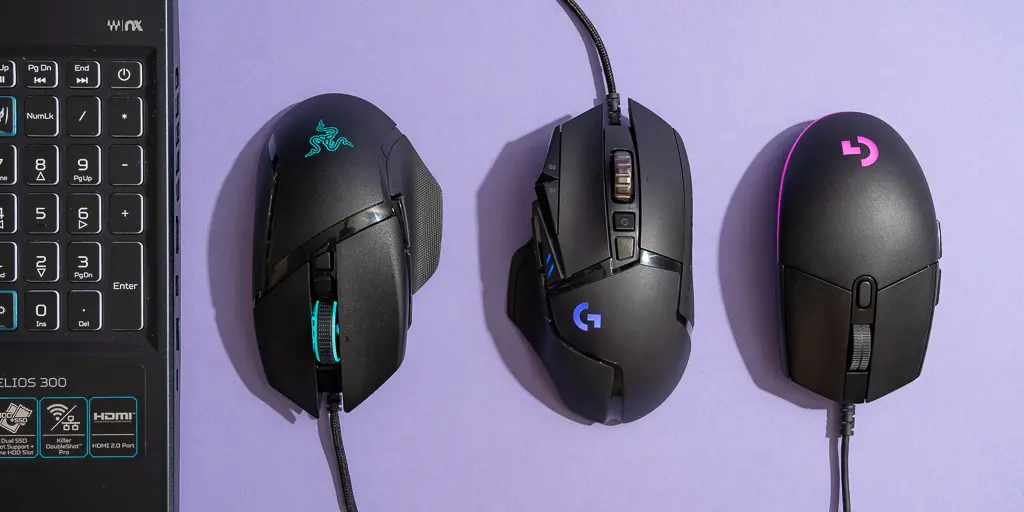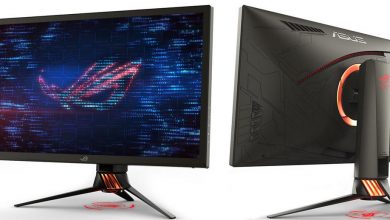Most Important Factors Influencing of Mouse Buying

The computer has evolved over the years and changed its shape in a lot of ways. But most of the basic components that make up a computer remains the same. The mouse is a component that is used the most. While looking out for upgrades for major components like the CPU or the monitor is something that comes naturally, the mouse is something people sometimes tend to overlook, the efficiency and capability of the mouse are not limited to what the three major buttons can achieve.
factors influencing how efficient or useful the mouse can be
There are more factors influencing how efficient or useful the mouse can be.
The optimum
DPI The DPI or dots per inch represents how far the mouse will move for every move that the mouse moves, the higher number is not always the best and so there are factors that you need to take into consideration while you choose the right DPI. a) High DPI is perfect for multi-monitor setups or high-resolution displays. b) Lower DPI is good to have better control and precision. Gamers could make great use of a mouse which has adjustable DPI settings. c) Photoshop and a few other apps that need a higher level of precision can also do well with a lower DPI.
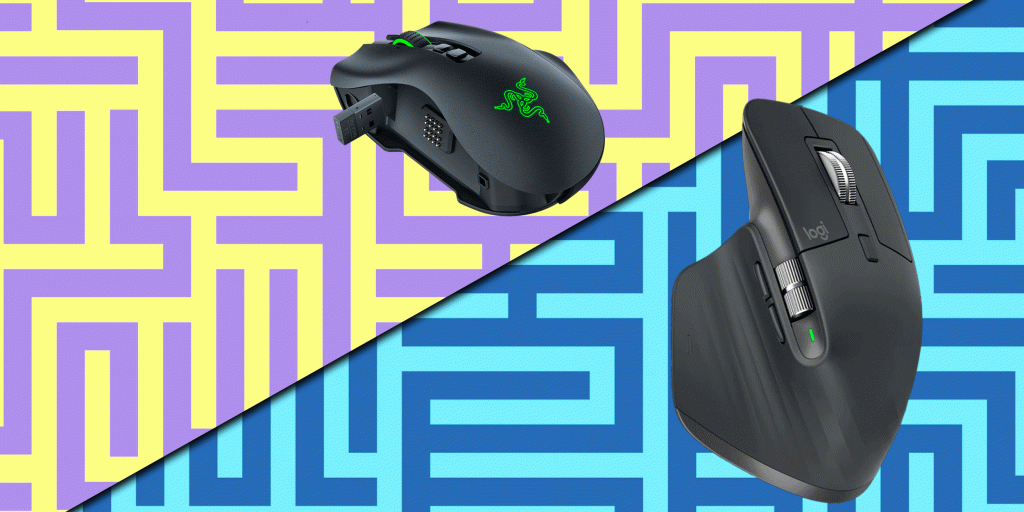
Polling rate
This spec that is measured in hertz, indicates the number of times a mouse reports its position to the computer each second. A higher number indicates better accuracy and smoother movement.
Optical vs Laser
The main difference between the two is that while an optical mouse uses an LED to reflect off the below surface a laser mouse makes use of a laser to track movement. Hence, the optical mouse can be used on flat and opaque surfaces, while laser mice work on a wider range of surfaces.
Wireless Technology
has made sure that the wireless mice that come out these days are free of any lag whatsoever. If you do not wish to be inconvenienced by the clutter of a USB cable, this is the way to go.
Bluetooth vs RF
The two types of wireless mouse that are available include the Bluetooth and the RF, while the RF may be much more responsive, the Bluetooth frees up a USB port and makes sure that you can use your mouse across multiple devices.
Mouse vs Trackpad
Instead of opting for a mouse, you also have the option of going for a standalone touchpad that is quite similar to the one available on a laptop. While it is not the best choice for gaming and image editing, people do find touch-based system easier to use since desktop software is being designed taking touch into consideration.
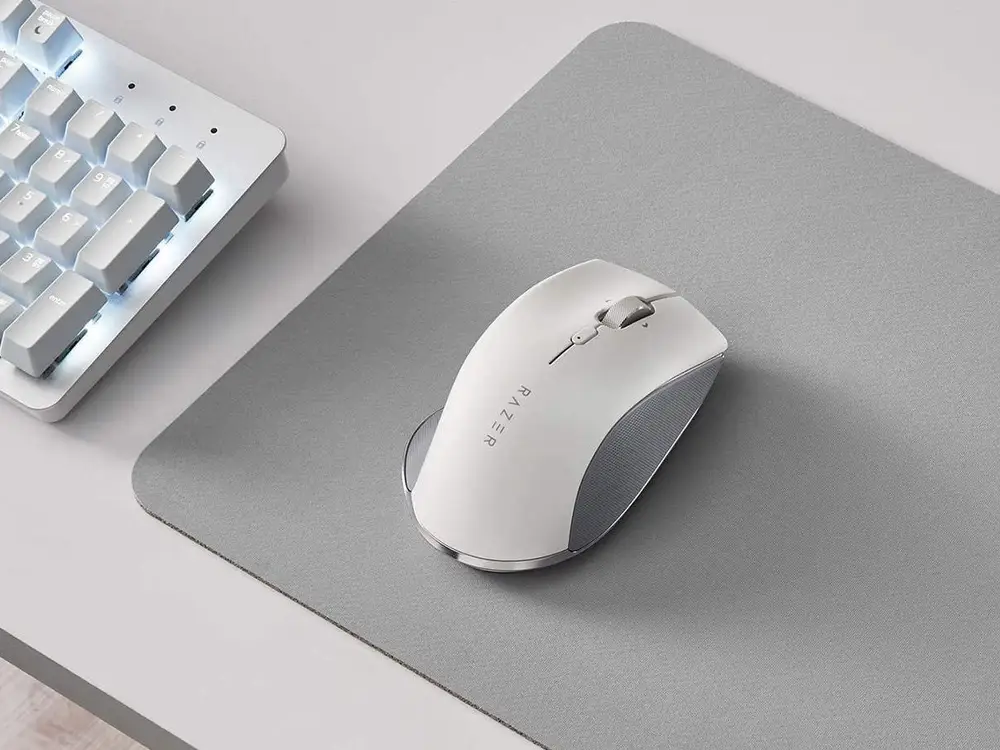
Wired vs. wireless
A good place to start when making your mouse decision is determining whether you want to go with a wired or wireless mouse. Simply put, you don’t have to plug in your mouse and hassle with a cable. You can go wireless and achieve complete freedom of movement – as long as you stay within wireless range.
That sounds appealing, and so why would anyone choose a wired mouse? There are few reasons that you’ll want to think about before making this decision.
To begin with, all wireless mice have at least some latency, meaning that there’s a split-second delay between a mouse action and its impact on a PC. Wireless technology has advanced considerably over the last several years, and reduced latency is one of the benefits. However, while wireless mice now generally have low enough latency that they’re usually fine for casual and productivity uses, you’ll probably want to make sure to get a high-performance mouse if you’re going to be playing modern gaming titles (more on that in a bit)
Finally, wireless mice can cause interference with other wireless devices. That’s less of a problem today, as mice have migrated toward Bluetooth wireless technology that uses frequencies that aren’t as likely to interfere with other devices. But it can still occur.
Wireless connectivity options
Speaking of wireless technologies, you’ll find two main versions. Bluetooth mice are increasingly common, and those are safe choices with most contemporary notebooks that tend to have Bluetooth radios built-in. If you’re using a desktop PC, then you might need to purchase Bluetooth dongle if the manufacturer doesn’t provide one with the mouse.
The other technology typically used with wireless mice is radio frequency (RF) adapters. One popular example is Logitech’s Unifying protocol, which operates at the 2.4GHz frequency and supports up to six Logitech wireless products. The Unifying adapter usually comes with Logitech mice (and keyboards), and you can connect that one Unifying receiver to a PC and then connect multiple compatible Logitech devices.
Wireless mice have a few important advantages over wired mice, and they also tend to be more expensive. A wireless mouse is, therefore, an increasingly popular choice that can work well for you, as long as you can live with keeping the mouse powered up and you can find one that provides the performance you need.
Gaming vs. general use
While you’re considering whether to go wired or wireless, you’ll want to consider exactly how you want to use your mouse. As we mentioned above, if you’re going to be using your mouse for gaming, then you’ll want to include performance in your list of important specifications.
Latency is one important performance consideration for gaming, where you’ll want the least latency possible. Also known as “input lag,” latency can be a killer, literally, in today’s fast-paced first-person shooter games. You don’t want to find yourself falling behind your competition, and latency can do just that, making you the tiniest bit slower on the trigger.
Sensitivity is also an important mouse specification, and manufacturers define it as dots per inch (DPI). The higher the DPI, the less physical distance the mouse needs to move on a surface to register movement on-screen. For gamers, sensitivity can be particularly important. Some prefer high sensitivity that allows them to move quickly across a screen with smaller hand motions, while others prefer to move their hands in larger gestures without such a large on-screen impact.
Some manufacturers optimize mice for certain kinds of games, with specific buttons and keypads that make certain kinds of games – like massively multiplayer online (MMO) games – easier to play. Many gaming mice come with software that provides game optimizations, and there are even customizable gaming mice that allow for physical changes, such as adjusting button response and changing the palm rest angle.
If you’re not a gamer, then your decision in choosing a mouse will be much simpler. You can focus on things like size, ergonomics, and various non-gaming features. We’ll cover each of these topics next.
Sensors
Older mice used balls and infrared sensors for measuring movement. Modern mice, on the other hand, use one of two kinds of light sources to take images of a surface and determine movement by comparing one image to the next as the mouse changes location.
Optical mice use LED lights that shine on the very top of a surface, and work best with certain kinds of surfaces, such as a fabric mouse pads and other non-glossy materials. Laser mice are more precise versions that work on more surface types.
Laser mice tend to be more expensive, but they’re not always the best choice. First, while they’re more sensitive, they generate more noise and can cause more variation in tracking. Second, they work at further distances from a surface, meaning that if you lift them up and move them across a mouse pad, they’re more likely to register that movement.
These factors can cause unwanted on-screen movement that can be particularly bothersome in gaming. Unless you’re a gamer, though, you’ll probably be more happy with a laser mouse based on its ability to work on just about any kind of surface.
Physical design
Mice come in all shapes and sizes, from small travel models to monster-sized options aimed at providing enhanced features and ergonomics. Which is best for you depends on a few factors, including your hand size, where you’ll be using your mouse, and whether you need to carry it around with you.
The first characteristic to consider is a mouse’s size. Mice that are intended to be portable tend to be smaller, and mice that are meant to sit on a desk tend to be larger. That’s perfectly logical, of course. Which is better for you comes down to the size of your hands – someone with smaller hands might choose a portable mouse just for its smaller dimensions – and to user preference.
Ergonomic mice, or those that are designed to reduce hand and wrist strain, are usually on the large end of the spectrum. They tend to conform to the hand, and they coax users into holding their fingers, hands, and wrists at angles that allow for more comfortable long-term mousing sessions.
One differentiating feature is a mouse’s style of grip. There are three common grip types: palm, claw, and fingertip.
Some mice, usually larger models, have a design optimized for laying your palm across the top and pushing the most around with the entire hand. Other, typically smaller mice use designs aimed at a fingertip grip, where the user grasps the mouse with the fingertips to guide it.
Which grip works best for you comes down to personal preference, as well as your desired mouse size and shape.
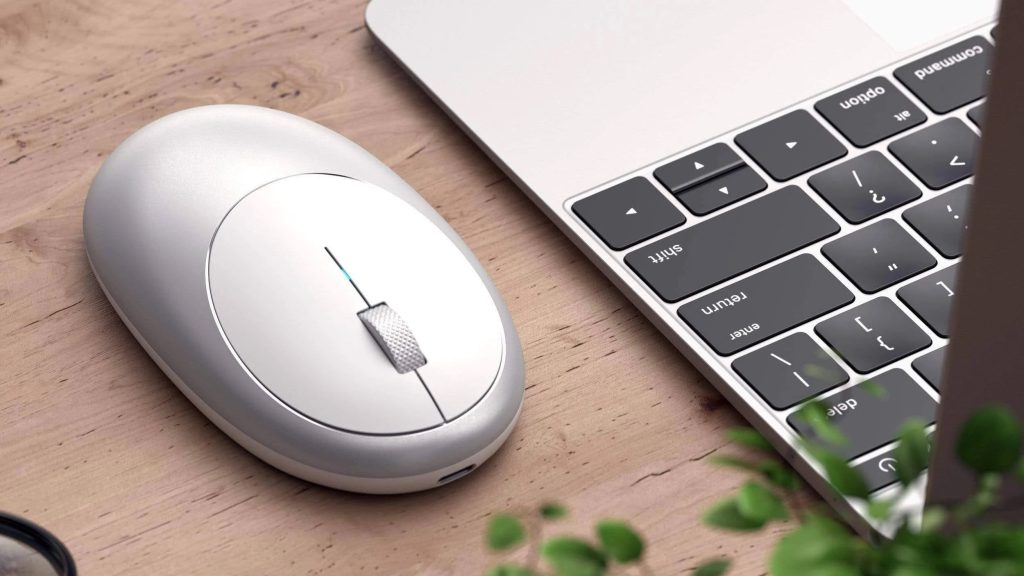
Other features
Now that we have those basics out of the way, we can consider some of the other features that you’ll find on modern mice.
Most mice have at least two buttons, commonly referred to as the left and right buttons. Most operating systems assign the left button to primary actions like selecting objects and clicking on-screen items, and the right button to secondary actions like opening menus. The main exception is Apple’s line of mice, which have a single button and use various tricks to emulate a right button click as necessary.
Picking a mouse with the right kinds of buttons and wheels can make the difference between productivity and frustration. If you use complex applications, then you might be able to benefit from a mouse with a variety of buttons that can map to various functions.
LED lights are another feature, primarily found on gaming mice. They add some additional flair, as well as feedback during gaming systems. Usually, such mice come with software that can customize the lighting and match it with a user’s installed games.
Finally, another very mouse-like input accessory is the trackball, which essentially inverts the old ball-style mouse mechanism.

